Model Monitoring and Maintenance
After deploying a machine learning model, continuous monitoring and maintenance are essential to ensure that the model remains accurate, reliable, and efficient. Models can degrade over time due to changing data patterns, known as concept drift, or due to system failures.
a) Performance Tracking
Tracking model performance helps identify any degradation in accuracy, precision, recall, or other key metrics. This is done by logging predictions and evaluating the model's accuracy over time.
1. Logging Predictions and Accuracy Trends
- Keep a record of model predictions and compare them with actual outcomes.
- Track performance metrics like accuracy, precision, recall, F1-score, and Mean Squared Error (MSE).
- Maintain logs to analyze trends and detect performance drops.
2. Tools for Performance Tracking
Several tools help automate logging and visualization of model performance:
- MLflow – Tracks experiments, model parameters, and versioning.
- TensorBoard – Visualizes deep learning models, training loss, and accuracy trends.
- Prometheus – Monitors real-time data, collects time-series metrics, and sends alerts.
Example: Logging predictions with MLflow
import mlflow
mlflow.start_run()
mlflow.log_metric("accuracy", 0.92)
mlflow.log_param("learning_rate", 0.01)
mlflow.end_run()Example: Tracking Training Performance with TensorBoard
import tensorflow as tf
# Load dataset
mnist = tf.keras.datasets.mnist
(x_train, y_train), (x_test, y_test) = mnist.load_data()
# Normalize data
x_train, x_test = x_train / 255.0, x_test / 255.0
# Create model
model = tf.keras.models.Sequential([
tf.keras.layers.Flatten(input_shape=(28, 28)),
tf.keras.layers.Dense(128, activation="relu"),
tf.keras.layers.Dropout(0.2),
tf.keras.layers.Dense(10, activation="softmax")
])
model.compile(optimizer="adam", loss="sparse_categorical_crossentropy", metrics=["accuracy"])
# Initialize TensorBoard
tensorboard_callback = tf.keras.callbacks.TensorBoard(log_dir="./logs")
# Train model with TensorBoard logging
model.fit(x_train, y_train, epochs=5, validation_data=(x_test, y_test), callbacks=[tensorboard_callback])
Run TensorBoard in Terminal
tensorboard --logdir=./logs
Now, open http://localhost:6006/ in your browser to see the live visualization of training progress.
📌 TensorBoard helps analyze model training, hyperparameter tuning, and debugging in deep learning projects.
Example: Monitoring an ML Model with Prometheus
Step 1: Install Prometheus
Download and extract Prometheus:
wget https://github.com/prometheus/prometheus/releases/download/v2.35.0/prometheus-2.35.0.linux-amd64.tar.gz
tar xvfz prometheus-2.35.0.linux-amd64.tar.gz
cd prometheus-2.35.0.linux-amd64/
Step 2: Define Model Metrics in Python
from prometheus_client import start_http_server, Summary
import random
import time
# Create a metric to track inference latency
REQUEST_TIME = Summary("inference_latency_seconds", "Time spent making predictions")
@REQUEST_TIME.time()
def predict():
time.sleep(random.uniform(0.1, 0.5)) # Simulate model processing time
return random.choice(["Class A", "Class B", "Class C"])
# Start Prometheus server
if __name__ == "__main__":
start_http_server(8000) # Prometheus scrapes metrics from this port
while True:
predict()
Step 3: Configure Prometheus to Scrape Metrics
Edit the prometheus.yml file:
scrape_configs:
- job_name: "ml_model"
static_configs:
- targets: ["localhost:8000"]
Step 4: Run Prometheus
./prometheus --config.file=prometheus.yml
Now, visit http://localhost:9090 to query and analyze model performance in real-time.
📌 Prometheus ensures that ML models are running efficiently, alerting users when accuracy drops or inference time increases.
b) Handling Concept Drift
1. What is Concept Drift?
Concept drift occurs when the statistical properties of the input data change over time, causing the model to become less effective. For example:
- A fraud detection model trained on past transactions might struggle with new fraudulent techniques.
- A stock price prediction model may lose accuracy due to market shifts.
2. Detecting Concept Drift
- Statistical Tests – Compare new data distributions with training data.
- Kolmogorov-Smirnov Test – Checks if the distribution of new data significantly differs from old data.
- Population Stability Index (PSI) – Measures how much a variable's distribution has changed.
Example: Using Kolmogorov-Smirnov test
from scipy.stats import ks_2samp
# Compare old vs new data distributions
stat, p_value = ks_2samp(old_data, new_data)
if p_value < 0.05:
print("Concept drift detected! Model retraining needed.")
Example: Using Population Stability Index (PSI) for Concept Drift Detection
The Population Stability Index (PSI) compares the distribution of a variable between two time periods and determines if a significant shift has occurred.
PSI Formula

Where:
🔹 Pold = proportion of observations in a bin for the old dataset
🔹 Pnew = proportion of observations in a bin for the new dataset
PSI Interpretation
🔹 PSI < 0.1 → No significant change
🔹 0.1 ≤ PSI < 0.25 → Moderate change, needs monitoring
🔹 PSI ≥ 0.25 → Significant drift detected! Retraining required
Python Implementation of PSI Calculation
import numpy as np
def calculate_psi(expected, actual, bins=10):
"""
Calculates Population Stability Index (PSI)
expected: Old dataset (reference)
actual: New dataset (incoming data)
bins: Number of bins to divide data
"""
# Create bins based on old data distribution
breakpoints = np.linspace(np.min(expected), np.max(expected), bins + 1)
# Get bin counts for old and new data
expected_counts, _ = np.histogram(expected, bins=breakpoints)
actual_counts, _ = np.histogram(actual, bins=breakpoints)
# Convert counts to proportions
expected_perc = expected_counts / np.sum(expected_counts)
actual_perc = actual_counts / np.sum(actual_counts)
# Replace 0s with small values to avoid division errors
expected_perc = np.where(expected_perc == 0, 0.0001, expected_perc)
actual_perc = np.where(actual_perc == 0, 0.0001, actual_perc)
# Compute PSI score
psi_values = (expected_perc - actual_perc) * np.log(expected_perc / actual_perc)
psi_score = np.sum(psi_values)
return psi_score
# Example Data: Old vs New Feature Distribution
old_data = np.random.normal(50, 10, 1000) # Old data
new_data = np.random.normal(55, 12, 1000) # New data with drift
# Calculate PSI
psi_score = calculate_psi(old_data, new_data)
# Output PSI result
print(f"PSI Score: {psi_score}")
if psi_score >= 0.25:
print("Significant concept drift detected! Model retraining needed.")
elif psi_score >= 0.1:
print("Moderate drift detected. Monitor the model.")
else:
print("No significant drift. Model is stable.")
3. Retraining the Model
- Periodically retrain the model with fresh data.
- Use automated pipelines to schedule retraining at regular intervals.
- Implement online learning where the model continuously learns from new data.
Example: Auto-retraining with scikit-learn
from sklearn.model_selection import train_test_split
# Train a new model with updated data
X_train, X_test, y_train, y_test = train_test_split(new_data, labels, test_size=0.2)
model.fit(X_train, y_train)Automating Model Retraining with Pipelines
Instead of manually retraining, automated pipelines streamline the process.
Tools for Automated Retraining
- Apache Airflow – Orchestrates end-to-end retraining workflows.
- Kubeflow Pipelines – Automates ML model training in cloud environments.
- MLflow – Tracks model versions and automates deployment.
Example: Using Airflow for Scheduled Model Retraining
from airflow import DAG
from airflow.operators.python import PythonOperator
from datetime import datetime
import train_model # A script that retrains the model
default_args = {
"owner": "ML Team",
"start_date": datetime(2024, 2, 1),
"schedule_interval": "@weekly", # Retrains the model weekly
}
dag = DAG("model_retraining", default_args=default_args, catchup=False)
train_task = PythonOperator(
task_id="retrain_model",
python_callable=train_model.run, # Calls the function that trains the model
dag=dag,
)
c) Implementing Alerting Systems
1. Triggering Alerts for Anomalies
Anomalies in predictions (such as a sudden drop in accuracy or unexpected outputs) must trigger alerts so that issues can be addressed.
- Set accuracy thresholds – If accuracy drops below a certain level, trigger an alert.
- Detect outliers – Flag unexpected predictions.
- Use monitoring dashboards – Send alerts via Slack, email, or SMS.
Example: Setting an alert if accuracy falls below a threshold
accuracy = 0.75 # Current model accuracy
threshold = 0.80
if accuracy < threshold:
print("Warning: Model accuracy has dropped! Consider retraining.")
Example: Detecting Outliers in Predictions
If a model starts producing outlier predictions, it could indicate concept drift or incorrect inputs. We can use Z-score detection to flag anomalies.
import numpy as np
from scipy.stats import zscore
# Sample predictions
predictions = np.array([50, 52, 49, 51, 500]) # Last value is an anomaly
# Calculate Z-scores (how far each value is from the mean)
z_scores = np.abs(zscore(predictions))
# Flag values where Z-score > 3 (typically considered an outlier)
anomalies = predictions[z_scores > 3]
if len(anomalies) > 0:
print(f"Anomalies detected in predictions: {anomalies}")
Use case: Fraud detection, financial models, or any scenario where unexpected predictions must be flagged.
Example: Sending Alerts via Slack for Model Performance Issues
To automate alerts, we can send messages to Slack, Email, or SMS whenever an issue occurs. Here’s how to send a Slack alert when model accuracy drops:
import requests
def send_slack_alert(message):
webhook_url = "https://hooks.slack.com/services/your/webhook/url" # Replace with actual Slack webhook URL
payload = {"text": message}
requests.post(webhook_url, json=payload)
# Check model accuracy and send alert
accuracy = 0.75
threshold = 0.80
if accuracy < threshold:
send_slack_alert(f"🚨 Model accuracy has dropped to {accuracy:.2f}. Consider retraining! 🚨")
Use case: Automated notifications for real-time monitoring systems.
2. Deploying Fail-Safe Mechanisms
- Rollback to previous model versions – If the new model underperforms, revert to an earlier version.
- Shadow Deployment – Test the new model alongside the old one before fully switching.
- A/B Testing – Deploy two models and compare results before selecting the best one.
Example: Using MLflow for model versioning
import mlflow
# Load a previous version of the model
model = mlflow.pyfunc.load_model("models:/fraud_detection/Production")Example: Shadow Deployment with FastAPI
Shadow deployment allows testing a new model without affecting users. The new model runs in parallel, but its predictions are logged instead of used.
from fastapi import FastAPI
import joblib
import numpy as np
app = FastAPI()
# Load old and new models
old_model = joblib.load("old_model.joblib")
new_model = joblib.load("new_model.joblib")
@app.post("/predict/")
def predict(data: list):
input_data = np.array(data).reshape(1, -1)
# Primary prediction (serves users)
old_prediction = old_model.predict(input_data)
# Shadow model prediction (logged for analysis)
new_prediction = new_model.predict(input_data)
print(f"Shadow Model Prediction: {new_prediction}") # Log results for comparison
return {"prediction": old_prediction.tolist()}
✅ Use case: Ensures the new model works correctly before full deployment.
Example: A/B Testing Using Flask
A/B testing deploys two versions of the model and randomly assigns users to test performance.
from flask import Flask, request, jsonify
import joblib
import random
import numpy as np
app = Flask(__name__)
# Load models
model_A = joblib.load("model_A.joblib")
model_B = joblib.load("model_B.joblib")
@app.route('/predict', methods=['POST'])
def predict():
data = np.array(request.json['data']).reshape(1, -1)
# Randomly assign users to a model
chosen_model = model_A if random.random() < 0.5 else model_B
prediction = chosen_model.predict(data)
return jsonify({"model_used": "A" if chosen_model == model_A else "B", "prediction": prediction.tolist()})
if __name__ == '__main__':
app.run(debug=True)
✅ Use case: Helps select the best-performing model before full deployment.
.png)
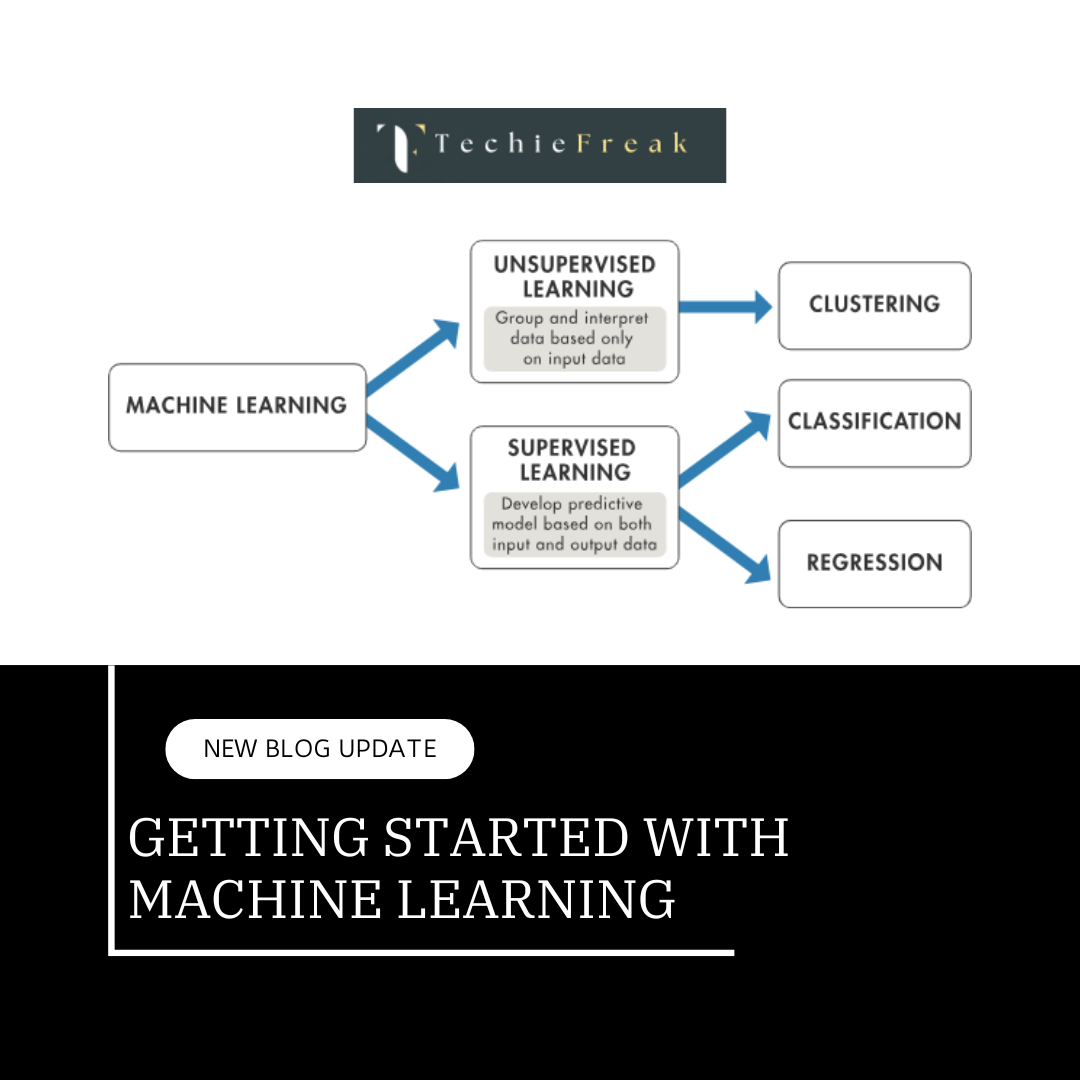
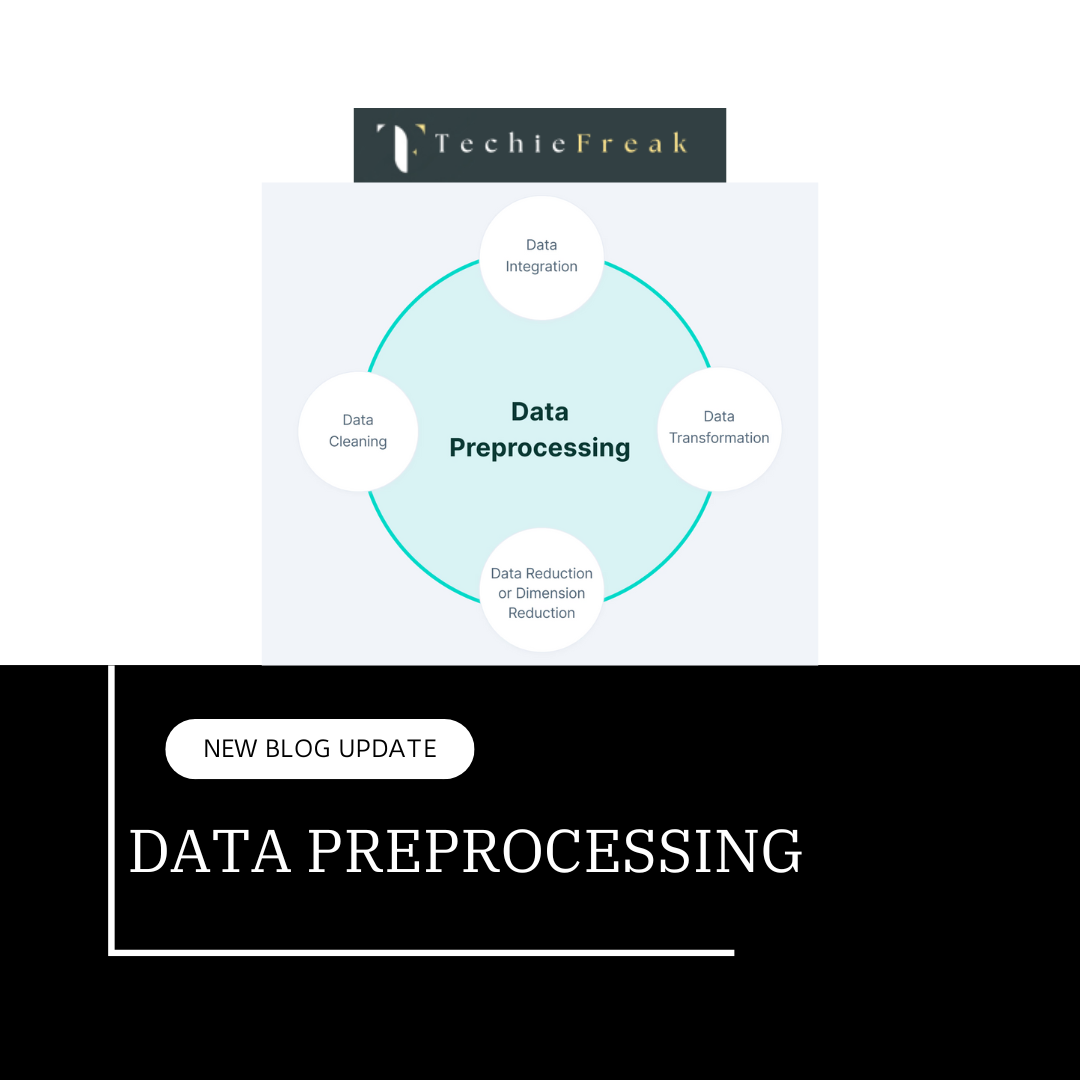
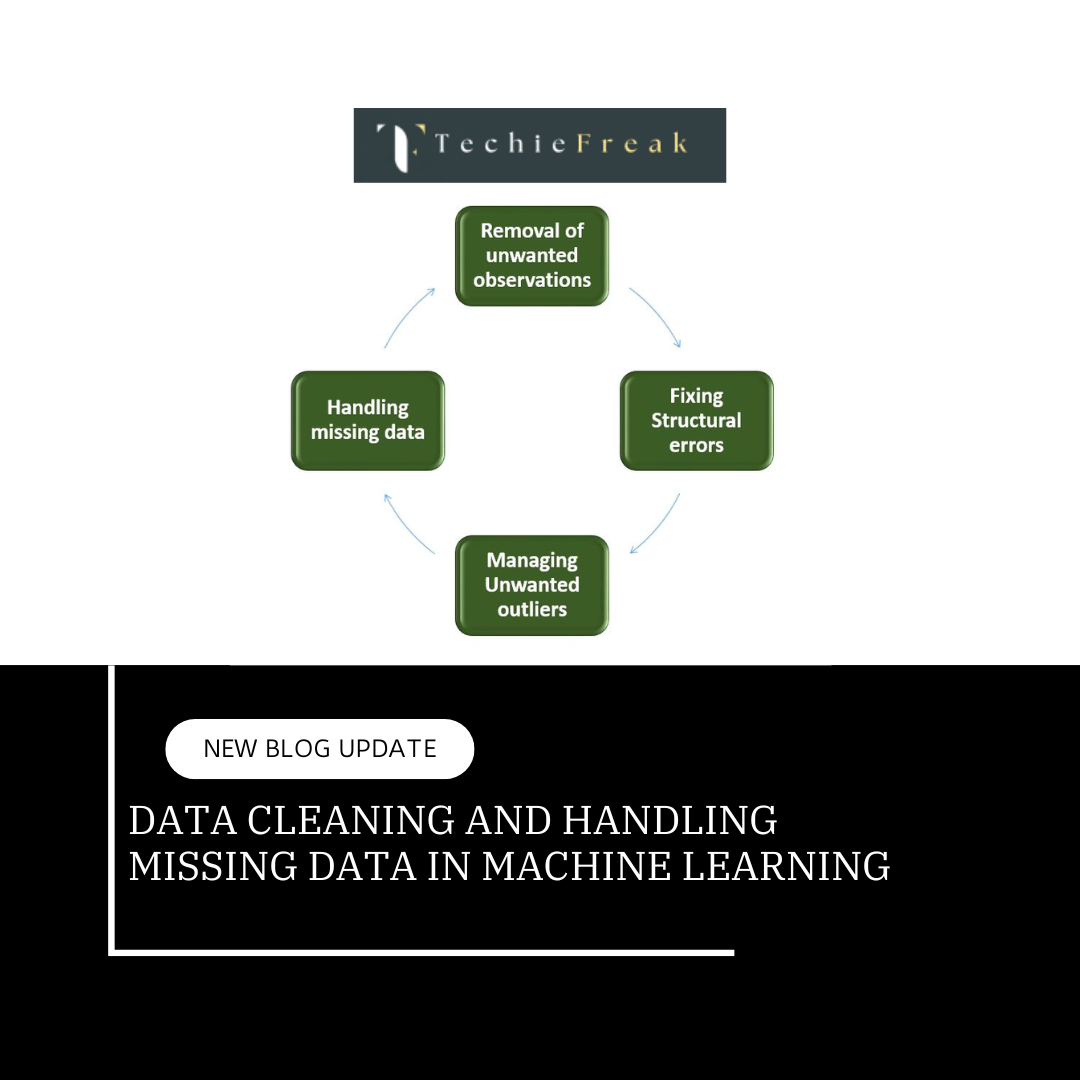
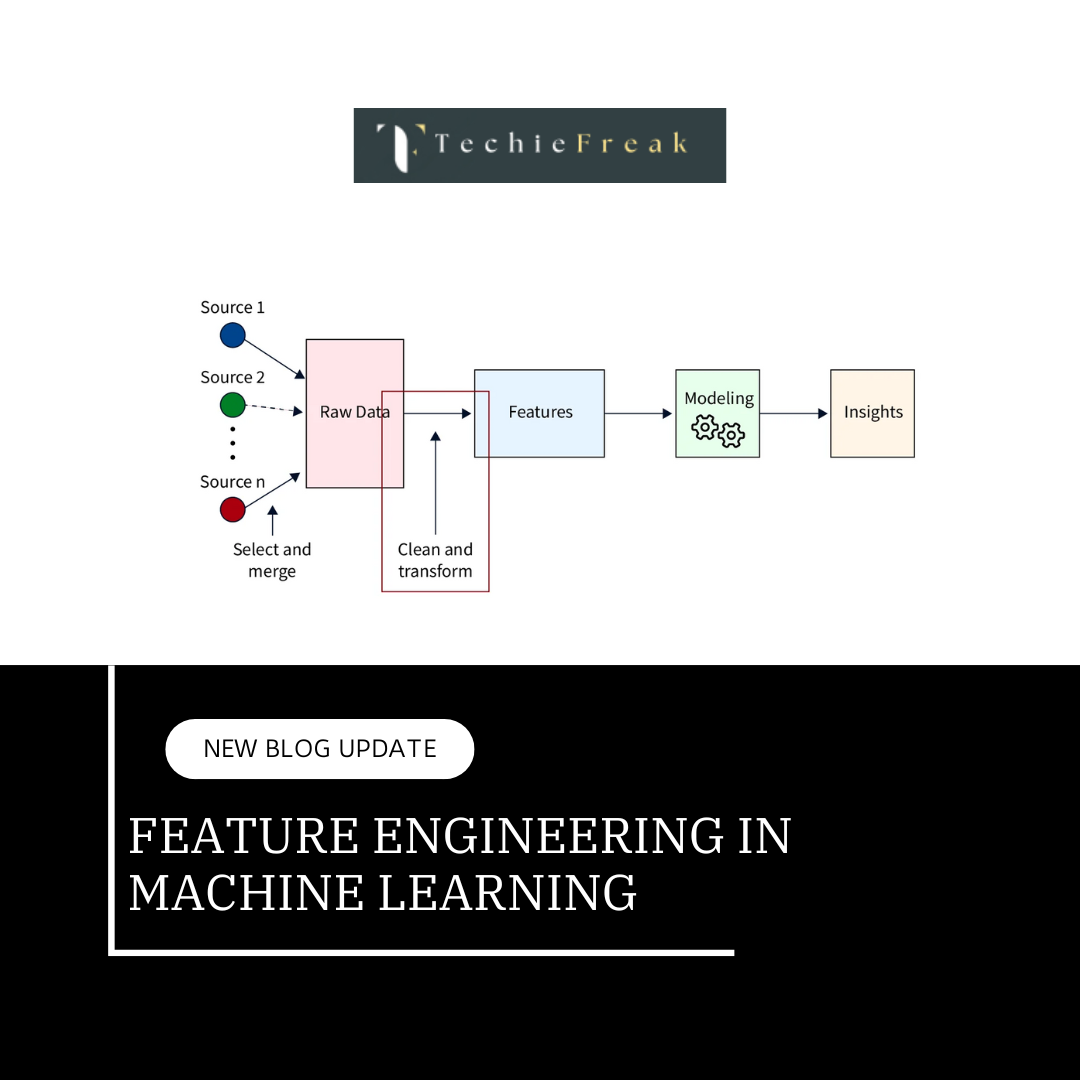
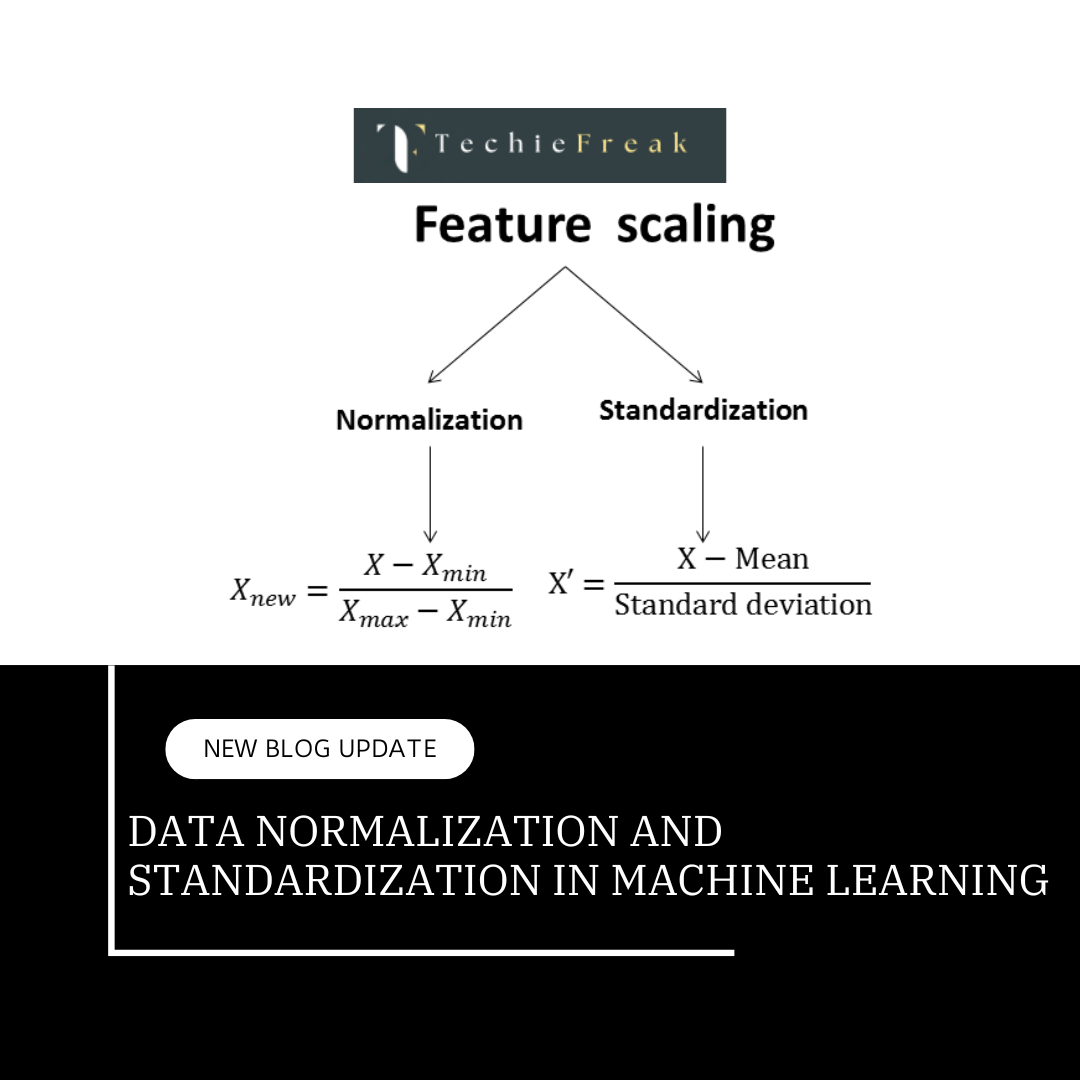
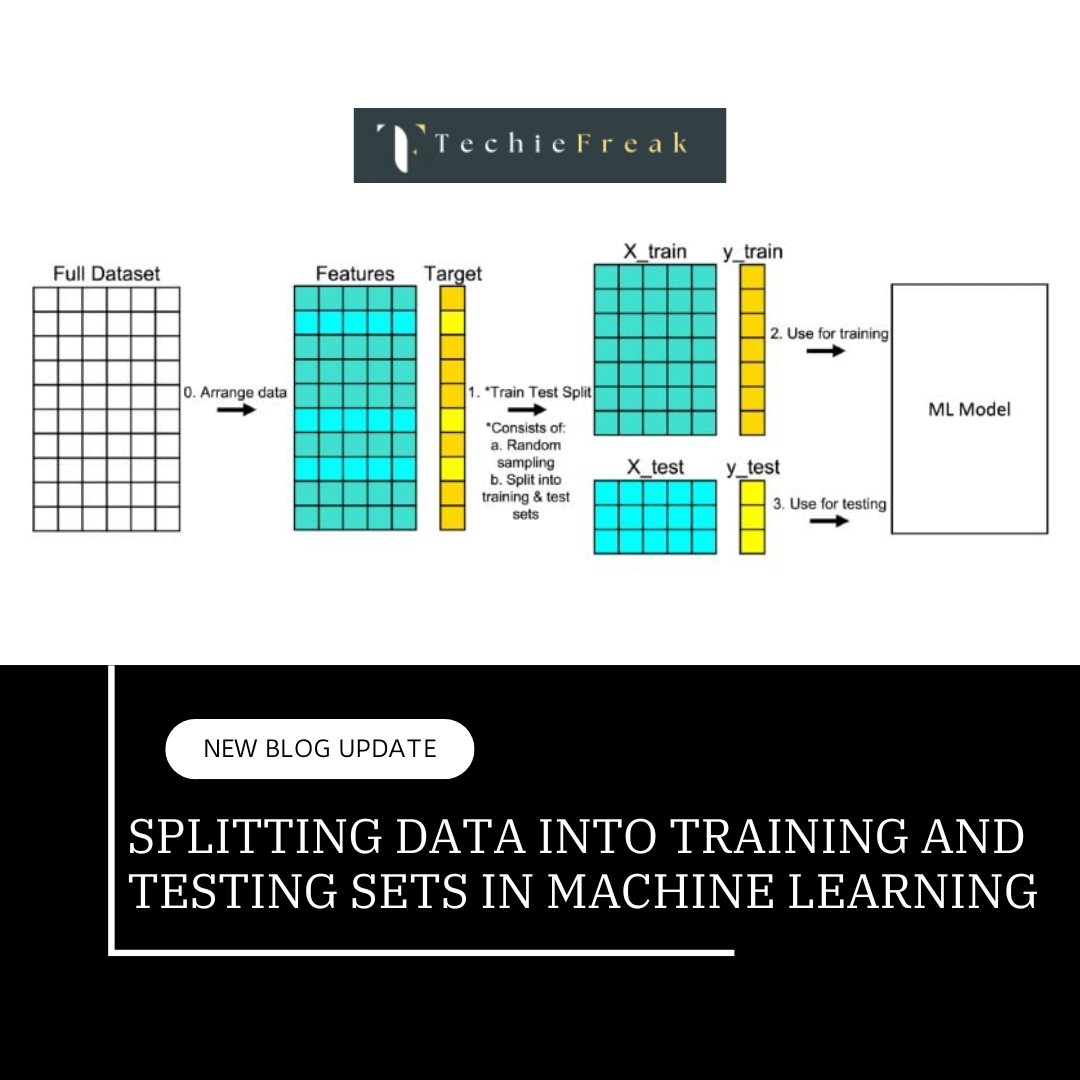
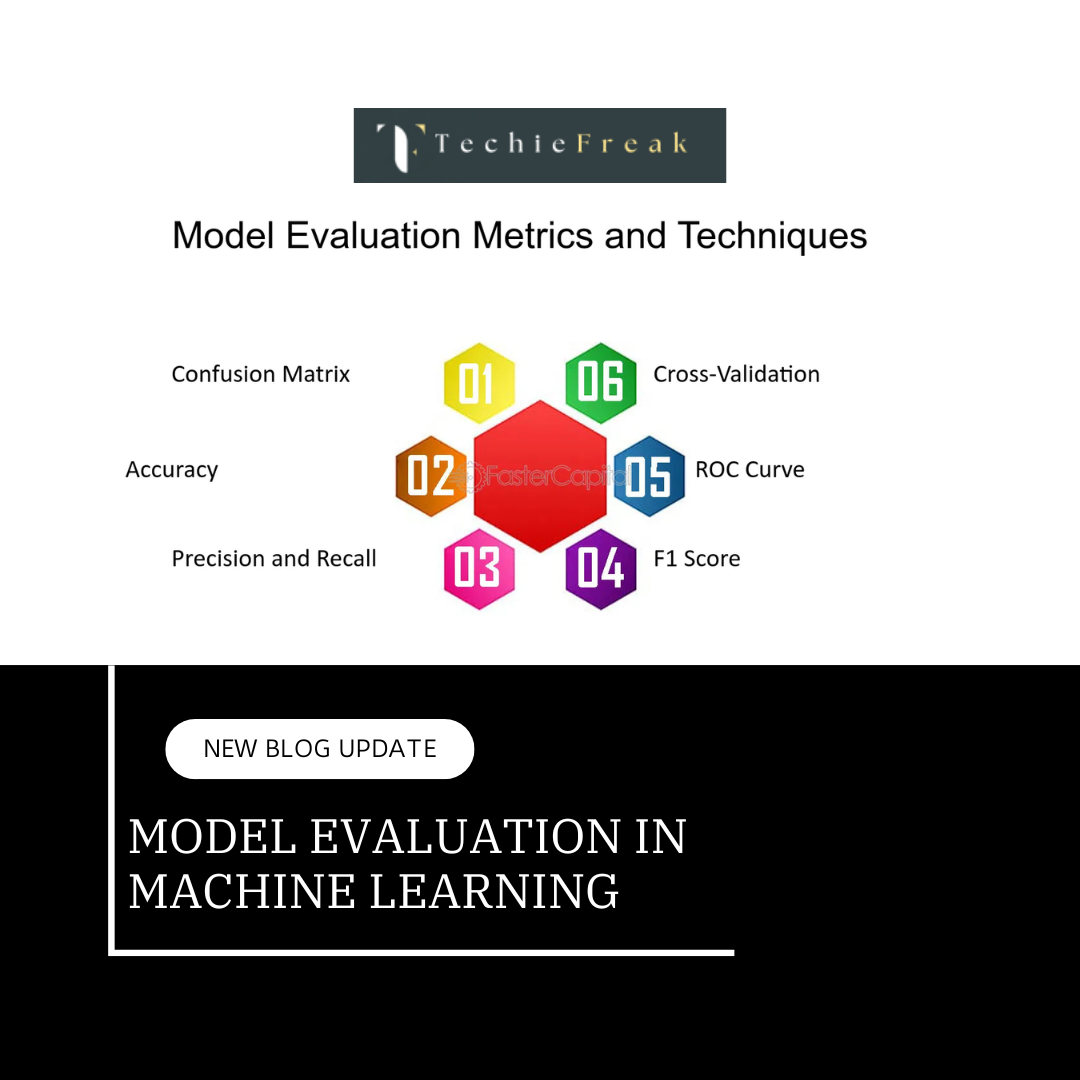
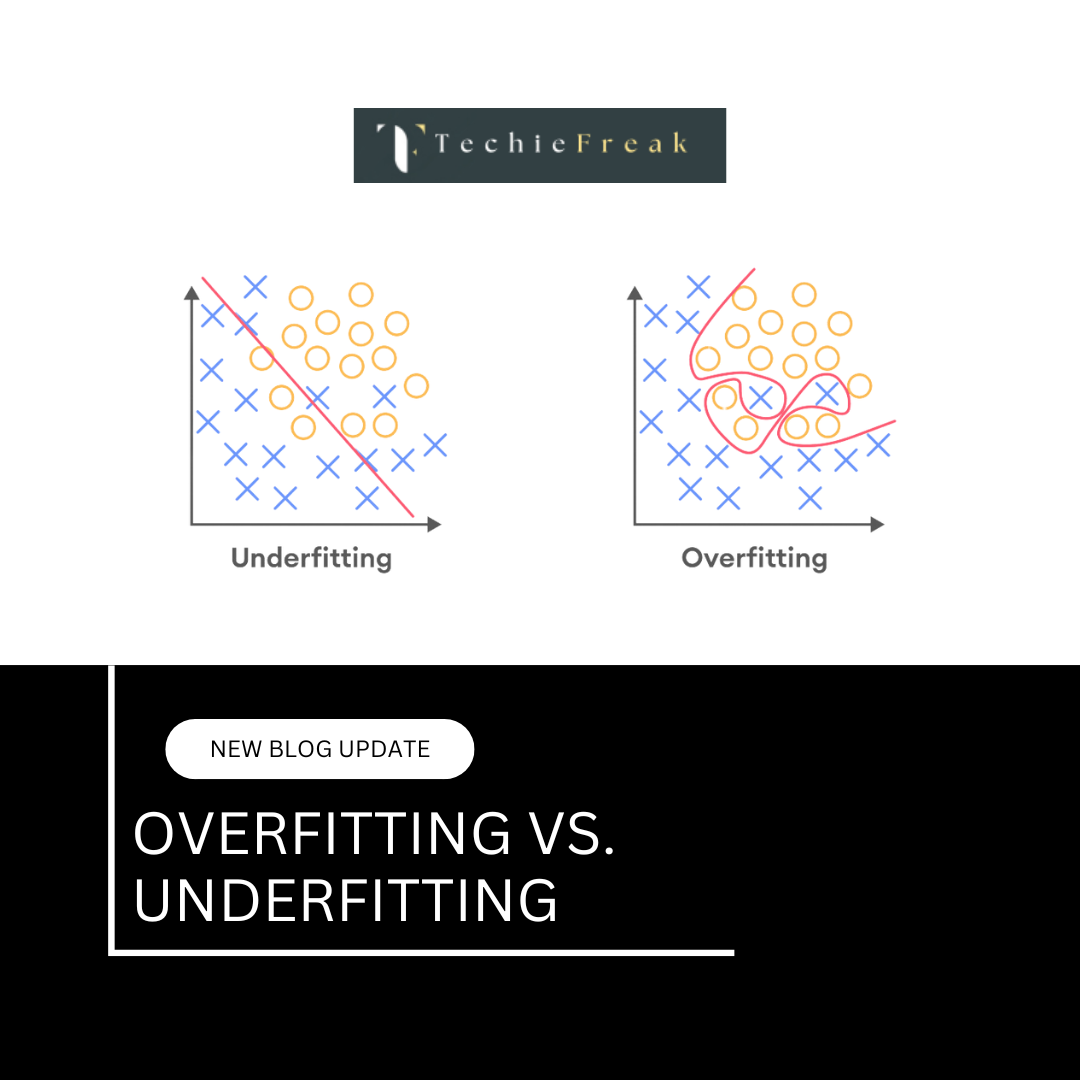
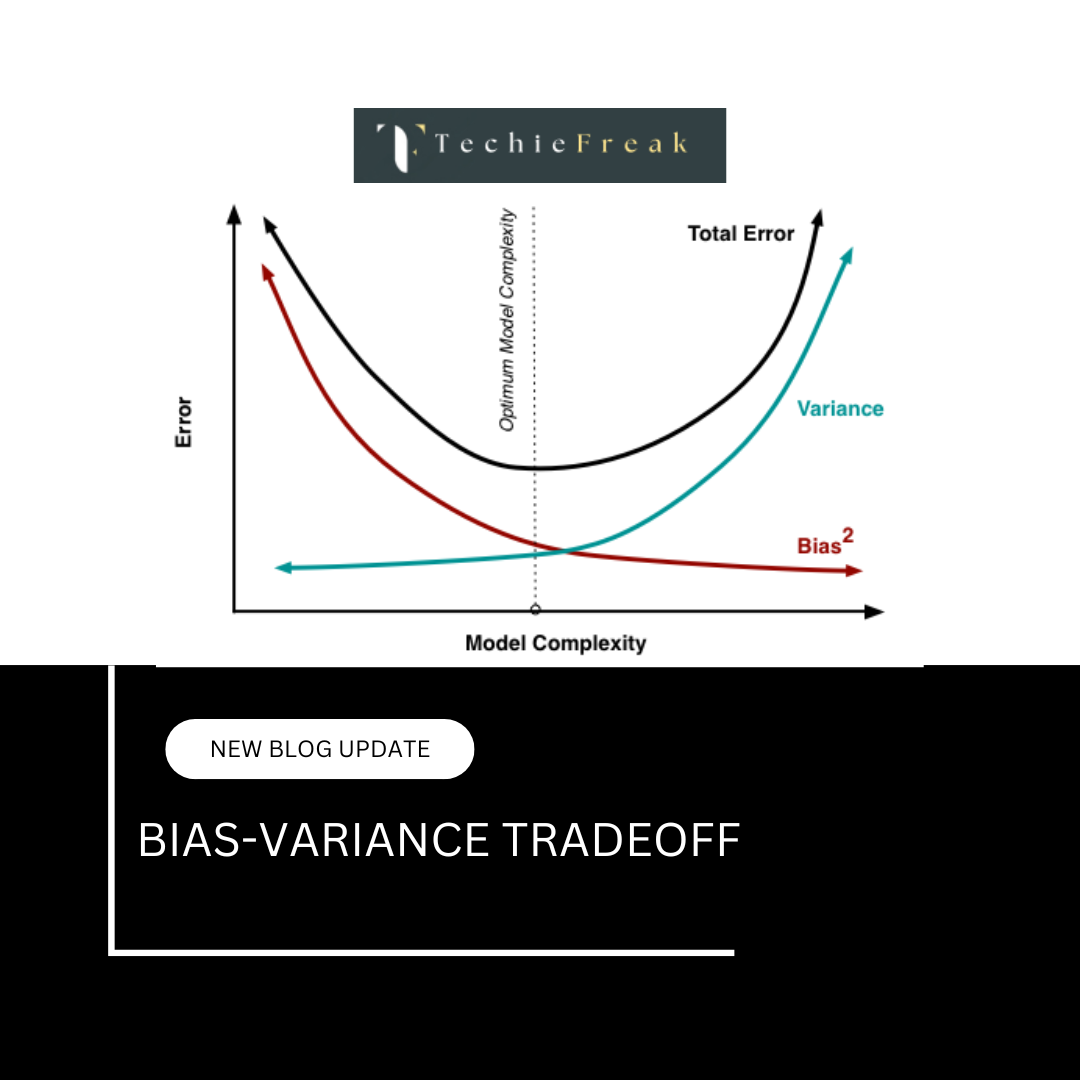
.png)
.png)
.png)
.png)
.png)
.png)
.png)
.png)
.png)
.png)
.png)
.png)
.png)
.png)
.png)
.png)
.png)
.png)
.png)
